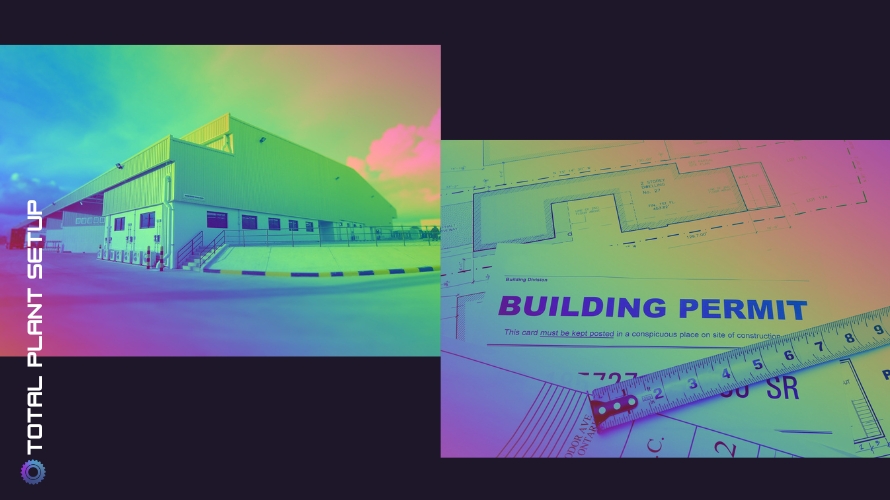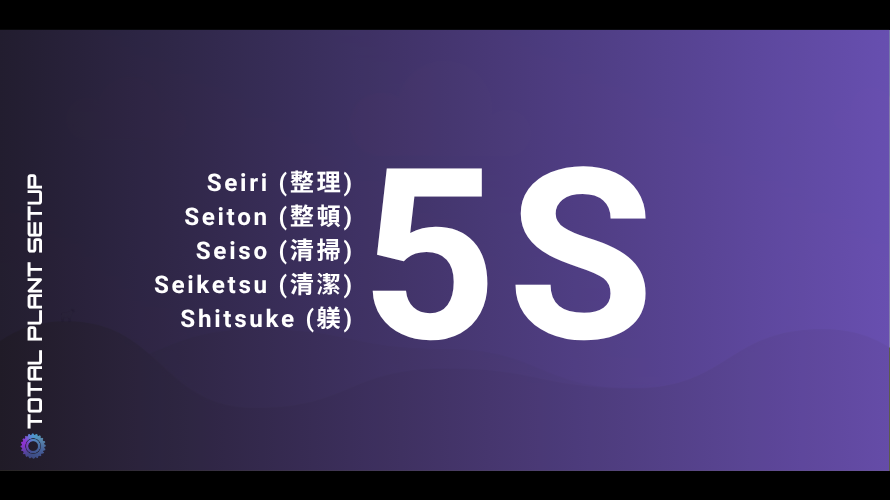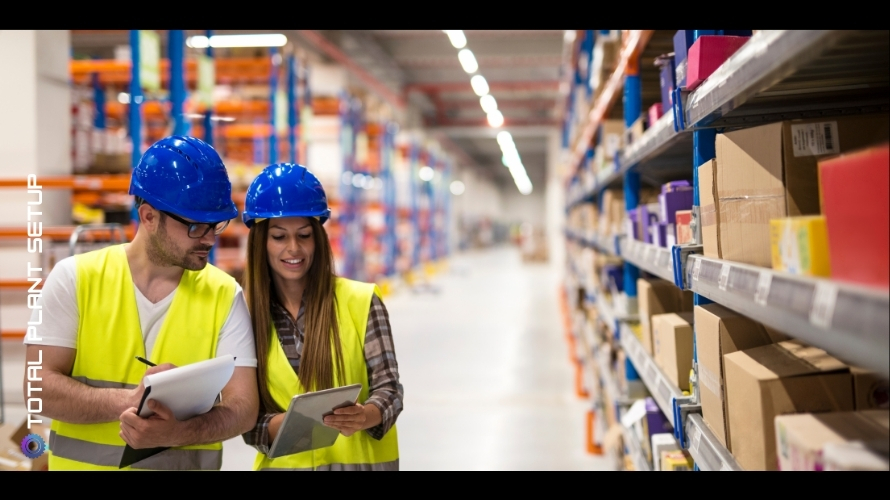Introduction
Strategic site selection is the backbone of successful manufacturing and industrial operations. From automotive giants in Germany to electronics clusters in India and Southeast Asia, companies worldwide are investing heavily in factory location planning to enhance efficiency, minimize risks, and improve profitability. In fact, a poorly selected site can lead to logistical hurdles, regulatory issues, labor shortages, and unanticipated overheads—challenges that can cripple even the most promising ventures.
According to a Deloitte report on Global Manufacturing Competitiveness, over 70% of top-performing manufacturers identify location strategy as a decisive factor in their long-term competitiveness. A site that aligns with supply chain access, regulatory ease, infrastructure readiness, and workforce availability can transform a good plan into a thriving operation. This makes strategic site selection not just a cost decision, but a critical business enabler.
In this blog, we explore 10 detailed and practical steps that guide you through the process of identifying and evaluating the best factory locations for your business. From conducting comprehensive feasibility studies to understanding supply chain logistics, compliance issues, and cost structures, we cover the full roadmap. By the end, you’ll have a clear, actionable framework to support your next industrial setup or expansion—backed by insights aligned with global best practices.

Step 1: Define Project Objectives
Step 1: Define Project Objectives
Before evaluating any factory site, it’s essential to define the core business objectives. Are you focused on export manufacturing, domestic sales, or operational cost reduction? Clear objectives help align site selection with long-term strategy. Incorporate parameters like production targets, capital investment limits, ROI projections, and flexibility for future expansions to select a factory location that supports your manufacturing goals.
Include metrics like production capacity, ROI expectations, target markets, and expansion flexibility in your site selection brief. Discover how Total Plant Setup is helping industries streamline their plant setup process and align site selection with operational goals for long-term success by visiting our Manufacturing Setup & Factory Layout Services page
Key Factors to Define:
- Production Capacity Requirements (units/month or output level by year)
- Target Market & Distribution Focus (local vs international)
- Expected ROI and Payback Period (short-term vs long-term profitability)
- Scalability & Expansion Potential (room for growth over 5–10 years)
- Strategic Fit with Overall Business Goals (e.g., sustainability, innovation, speed to market)
Real-World Example:
A solar panel manufacturer looking to serve both the domestic market and export to the Middle East began by defining clear, measurable objectives: an annual production goal of 100,000 units, proximity to export ports, and low utility costs. To structure their planning, they used a Business Model Canvas to visualize how site decisions align with operations, and applied the SMART goals framework to clarify timelines and targets. Additionally, a Balanced Scorecard helped map strategic priorities across departments, while feasibility checklists were generated using ERP tools like SAP to simulate site performance across different locations. This approach narrowed their site options to government-supported industrial corridors with export incentives and green energy access.
Step 2: Conduct a Feasibility Study
A feasibility study ensures your chosen factory location supports the operational, financial, legal, and technical needs of your project. This step is crucial in identifying whether a site can realistically support your manufacturing goals. A well-executed feasibility study reduces risks, aligns with business objectives, and builds a solid foundation for sustainable industrial success.
Key Factors to Analyze:
- Land acquisition laws and legal ownership risks
- Proximity to suppliers, customers, and logistics hubs
- Environmental restrictions and compliance scope
- Initial investment vs recurring operational costs
- Availability of utilities and infrastructure readiness
Real-World Example:
An automotive components manufacturer shortlisted three industrial zones in South India. They conducted a detailed SWOT and PESTLE analysis to assess internal strengths and external risks. Using AnyLogic simulation software, they modeled supply chain flows and assessed potential bottlenecks. Financial viability was tested through break-even analysis with inputs from SAP ERP. The comprehensive study led them to choose a location offering tax rebates, vendor ecosystem support, and infrastructure aligned with their long-term capacity goals.
Step 3: Identify Geographic Priorities
Identifying the right geographic location is essential for long-term manufacturing success. It helps narrow down factory site options based on macro-level factors like economic conditions, policy incentives, labor availability, and climate risks. Prioritizing regions that align with your industrial goals enables smarter site selection and minimizes exposure to avoidable disruptions.
Key Factors to Analyze:
- Access to Special Economic Zones (SEZs) or industrial parks
- Political and economic stability of the region
- Taxation, duties, and trade-related incentives
- Labor regulations and ease of doing business
- Environmental resilience and natural disaster risks
Real-World Example:
A consumer electronics firm targeting global exports evaluated potential locations using the World Bank’s Ease of Doing Business Index. They employed ArcGIS mapping and location intelligence tools to analyze infrastructure density, port connectivity, and skill clusters. Tamil Nadu and Gujarat emerged as top choices due to their strong logistics ecosystem, favorable tax policies, and established electronics manufacturing zones backed by government incentives.
Step 4: Analyze Infrastructure Availability
Infrastructure plays a pivotal role in determining the efficiency and reliability of your manufacturing setup. A well-connected site ensures timely supply chain operations, reduces production downtime, and lowers long-term operational costs. Prioritizing factory locations with robust physical and digital infrastructure leads to improved industrial performance and smoother scalability.
Key Factors to Assess:
- Transport access via highways, railways, ports, and airports
- Uninterrupted industrial power supply with backup options
- Reliable IT infrastructure and high-speed internet
- Availability of clean water and waste treatment systems
- Access to telecom networks and emergency services
Real-World Example:
A precision tools manufacturer compared multiple factory locations using an Infrastructure Readiness Index. With help from location consultants, they applied tools like Prologis Essentials to rate power stability, telecom access, and logistics infrastructure. The selected site—an inland industrial park—offered uninterrupted electricity, dedicated broadband lines, and proximity to a dry port, enabling faster turnaround times and consistent production flow.
Step 5: Evaluate Workforce and Labor Markets
Access to a skilled, scalable, and cost-efficient workforce is essential for any successful manufacturing operation. Labor availability directly impacts production quality, timelines, and cost-efficiency. Choosing a factory location with favorable labor dynamics ensures long-term talent retention, training potential, and uninterrupted operations—key drivers of manufacturing success and business growth.
Key Factors to Assess:
- Availability of skilled and semi-skilled labor in the area
- Presence of local training institutes and technical universities
- Labor costs, union activity, and attrition rates
- Compliance with labor laws and wage norms
- Commuting infrastructure and worker housing access
Real-World Example:
A medical devices manufacturer required cleanroom-certified technicians for precision assembly. They shortlisted Pune due to its technical education ecosystem and used LinkedIn Talent Insights and government Skill India data to map workforce availability. Partnering with local institutes, they set up an on-site training center. The decision ensured a steady talent pipeline, low turnover, and regulatory compliance – all managed via HRMS tools like Zoho People and SAP SuccessFactors.
Step 6: Examine Regulatory and Environmental Compliance
Ignoring regulatory compliance can result in project delays, penalties, or forced shutdowns. Your chosen factory location must adhere to zoning laws, environmental regulations, and safety norms. A proactive review of legal and environmental requirements not only ensures operational continuity but also builds a strong foundation for sustainable industrial growth and long-term manufacturing success.
Key Factors to Evaluate:
- Zoning regulations and permitted industrial use
- Environmental clearance requirements (air, water, waste)
- Health, fire safety, and occupational hazard compliance
- Local approval processes and authority timelines
- Availability of shared compliance infrastructure (e.g., CETPs)
Real-World Example:
A chemical packaging firm assessed multiple sites using a compliance readiness checklist and digital tools like Enablon for regulatory mapping. They consulted legal advisors and liaised with state pollution control boards to understand site-specific environmental norms. Final selection favored a government-approved industrial estate with pre-cleared Environmental Impact Assessments (EIA) and shared hazardous waste disposal facilities—cutting down setup time and ensuring legal alignment from day one.
Consider consulting a compliance specialist to navigate local industrial regulations. For hassle-free setup, work with regulatory consultants who specialize in industrial permissions. Also refer to UNIDO’s Location Strategy Guide for global best practices
Step 7: Assess Utility and Operational Costs
Utility availability and pricing can make or break the profitability of a manufacturing site. Long-term operational costs must be accurately forecasted to ensure budgeting accuracy and business continuity. Evaluating utility costs—like electricity, water, and waste disposal—is essential for maintaining cost-efficiency, optimizing your factory location, and supporting sustainable manufacturing success.
Key Factors to Evaluate:
- Electricity tariffs and reliability of supply
- Water availability, quality, and recycling options
- Waste disposal costs and local infrastructure
- Fuel prices and access to alternative energy sources
- Municipal taxes and long-term service charges
Real-World Example:
An FMCG manufacturer assessing large-scale plant locations used TCO (Total Cost of Ownership) models to estimate long-term operating expenses. Utility pricing data was gathered from local utility boards, while Power BI dashboards tracked resource projections. They used SpheraCloud to evaluate carbon footprint and water usage, integrating sustainability into decision-making. Their team also referenced the U.S. Department of Energy’s Industrial Energy Efficiency Guide for benchmarking best practices. The final choice was an eco-industrial park offering subsidized power, recycled water, and reduced waste handling fees—cutting operational overheads significantly over a 10-year horizon.
Step 8: Consider Logistics and Supply Chain Access
Efficient logistics is a backbone of profitable manufacturing operations. A well-chosen factory location close to suppliers, clients, and transport hubs reduces lead time, freight cost, and inventory holding. Integrated supply chain access enhances agility and ensures your production remains uninterrupted—even in volatile market conditions.
Key Factors to Assess:
- Proximity to suppliers, clients, and warehousing clusters
- Lead times and freight rates to key domestic and export markets
- Availability of third-party logistics (3PL) and courier networks
- Multimodal transport access (road, rail, air, sea)
- Customs clearance infrastructure and bonded warehousing
Real-World Example:
A packaging manufacturer serving FMCG brands chose a logistics hub near Bengaluru using Llamasoft’s supply chain simulation tools. They analyzed transportation lead times and warehousing options using FourKites and Freightos, benchmarking performance with insights from the Council of Supply Chain Management Professionals (CSCMP) and World Bank’s Logistics Performance Index. The selected site reduced inventory carrying costs by 15% and enabled just-in-time (JIT) delivery with greater accuracy and lower risk exposure.
Step 9: Review Risk Factors and Contingency Plans
A strong site selection strategy must include a thorough risk analysis. Ignoring environmental, political, or operational risks can disrupt supply chains, damage assets, or inflate costs. Identifying vulnerabilities and building contingency measures helps secure long-term manufacturing success while enhancing business resilience and continuity at your chosen factory location.
Key Factors to Evaluate:
- Exposure to natural disasters: floods, quakes, storms
- Political and social instability in the region
- Currency volatility and international trade risks
- Power supply interruptions and utility outages
- Availability of alternate transport routes and backup suppliers
Real-World Example:
An electronics firm performed a comprehensive site risk assessment using UNDRR’s disaster risk data explorer and followed best practices from FEMA’s Hazard Mitigation Planning Guide. Risk simulations were created using AnyLogic, while IBM OpenPages was used to track and mitigate regulatory and operational threats. Backup power was secured through dual-grid and solar hybrid infrastructure. Additionally, they identified alternate suppliers and warehouses within 50 km, ensuring continued operations even during emergencies or disruptions.
Step 10: Perform a Cost-Benefit Analysis
Your final site selection decision should be grounded in a comprehensive cost-benefit analysis. This step ensures that your chosen factory location aligns with both financial viability and long-term strategic value. It helps compare potential sites across operational costs, market access, and scalability—maximizing manufacturing ROI and reducing decision-making bias.
Key Factors to Compare:
- Capital expenditure vs ongoing operational costs
- Access to markets and speed-to-customer
- Long-term scalability and expansion opportunities
- Regulatory clarity and compliance costs
- Proximity to vendors, R&D centers, and support ecosystems
Real-World Example:
A green tech company evaluated five shortlisted sites using a Decision Matrix Analysis, factoring in TCO, tax incentives, break-even periods, and operational flexibility. They used tools like SiteSeer Professional and custom Excel-based models to assign weighted scores. Insights were benchmarked using global data from OECD’s Investment Policy Reviews and Invest India to compare incentives and sector readiness. The selected site offered clean energy support, R&D proximity, and future-proof scalability aligned with their business roadmap.
Conclusion
Choosing the right manufacturing site goes far beyond comparing land prices—it’s about building a resilient foundation for long-term industrial success. The 10 strategic site selection steps we’ve outlined are not just theory; they’re a practical, results-driven framework designed to help you overcome real-world bottlenecks in feasibility, infrastructure, labor, compliance, and cost.
Whether you’re planning a greenfield plant or scaling existing operations, a tailored, data-backed approach can unlock hidden efficiencies and position your business for sustainable growth. Our Total Plant Setup Solutions are crafted to address these exact challenges—from location strategy and compliance planning to cost modeling and workforce alignment.
Don’t let poor site decisions hinder your manufacturing vision. Get your factory future-ready for the Industry 4.0 revolution!. Contact us today to get expert, end-to-end support that transforms your plant setup from a hurdle into a competitive advantage.











